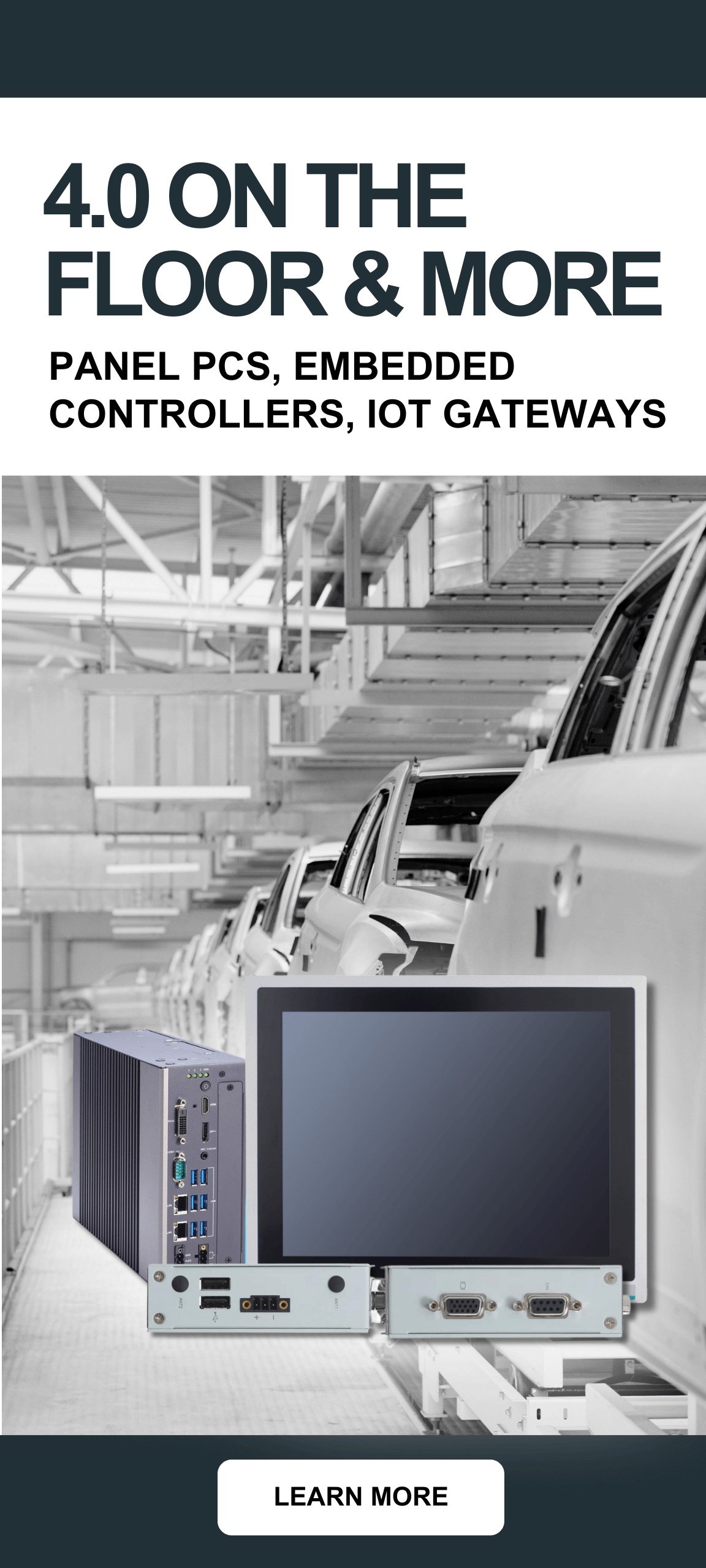
Bedside Manner: The Industrial Panel PC in the Medical Sector
Blog
Touch-based interfaces, once limited to industrial and high-end enterprise applications, have gradually become more mainstream. Today, touchscreens are ubiquitous. Notably, the medical sector has effectively integrated panel PCs into daily operations.

Industrial panel PCs serve multiple roles in healthcare from clinical applications to patient entertainment. While they share similarities with traditional computers, these devices are designed for equipment that prioritizes hygienic features, durability, and medical certifications in healthcare environments.
Industrial Panel PC Applications in Healthcare
Medical professionals across specialties regularly interact with panel PCs. These devices typically run standard operating systems, like Windows, allowing them to function similarly to desktop computers from a software perspective. As a result, healthcare facilities can more easily commission custom software and user interfaces or develop them in-house.Industrial panel PCs are found in:
- Mobile patient databases / telemedicine stations
- Medical imaging display
- Pharmacy automation
- Operating room integration
- Medical testing equipment
- Bedside Infotainment
- And more…
This variety of applications requires different types of panel PCs, ranging from compact, low-power portable devices to larger stationary models.
Resolving the Heat Issue in Industrial Panel PCs
 Heat management is a critical consideration for industrial computing systems in any industry but particularly in healthcare. Handheld panel PCs designed for tablet-like applications typically operate without fans and leverage low-power processors like the Intel Atom® series. These devices are battery-powered, which imposes power constraints that influence design choices. Engineers might opt for smaller screens and energy-efficient components.
Heat management is a critical consideration for industrial computing systems in any industry but particularly in healthcare. Handheld panel PCs designed for tablet-like applications typically operate without fans and leverage low-power processors like the Intel Atom® series. These devices are battery-powered, which imposes power constraints that influence design choices. Engineers might opt for smaller screens and energy-efficient components.
In contrast, larger industrial panel PCs and panel PCs with more powerful CPUs, such as Intel Core™ Series processors, can handle more demanding applications; however, they generate more heat, requiring passive or even active cooling solutions. While a well-designed chassis can help dissipate heat, high-performance systems may still need fans, which introduce airflow and noise considerations.
In medical settings, fanless operation is preferred, if not required. Active cooling can create contamination risks by circulating dust and bacteria. In that sense, effective heat dissipation is about hygiene as much as it’s about performance. Additionally, medical panel PCs feature smooth, wipeable surfaces for easy sanitation.
With extensive experience in industrial computing, New Era Electronics can help you navigate these considerations and select the right fanless panel PC to meet your medical application needs.
 Brian Luckman is the President of New Era Electronics. He has worked in the industrial OEM market for over 25 years, serving a variety of different industries, gaining a strong reputation for his expertise and a thorough understanding of how to properly service OEM customers. In 2000, Luckman began New Era Electronics and the company continues to grow. He’s a husband and father and enjoys exploring the outdoors.
Brian Luckman is the President of New Era Electronics. He has worked in the industrial OEM market for over 25 years, serving a variety of different industries, gaining a strong reputation for his expertise and a thorough understanding of how to properly service OEM customers. In 2000, Luckman began New Era Electronics and the company continues to grow. He’s a husband and father and enjoys exploring the outdoors.
Creative Commons Attribution: Permission is granted to repost this article in its entirety with credit to New Era Electronics and a clickable link back to this page.




